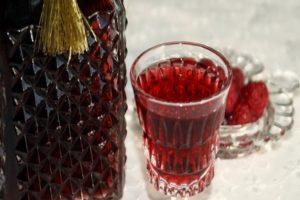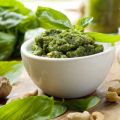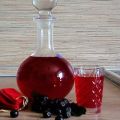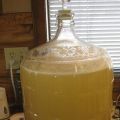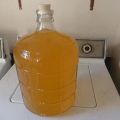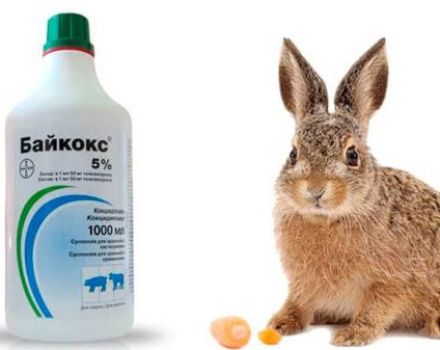The classic recipe for making bread wine at home
A bread-based wine drink was known in Russia before the discovery of the distillation of alcohols. The method was used everywhere, unlike artisanally produced distillate (moonshine) and vodka, bread wine had a pleasant aftertaste. The fortress reached almost 40 degrees, the drink was considered ready in 3-5 days. We restore the old recipes that our ancestors owned.
A bit of history
Wheat wine in Russia was called a home distillate made from the grain of the same name. Barley or rye was also suitable, the taste only benefited from this. Until the 19th century, when the practice of making strong alcohol from alcohol diluted with water spread, bread wine remained a popular, national drink in Russia. Then the state introduced a monopoly, banning private production of alcohol (without a license).
Cooking features
Unlike vodka, bread wine cannot be made from literally anything, not even potatoes or sawdust, as one song argued. Grain crops are used as raw materials. They give the drink an original aftertaste.
Residual fusel oils in bread wine, at the same time, according to subjective assessment, are comparable to those in whiskey and cognac. The drink is allowed to be drunk in small sips, which is simply impossible with vodka.
Prepared by distillation in stills. It is possible to infuse in oak barrels, on coal, bread, milk. Recipes for bread wine were kept in family archives and rarely went beyond them.
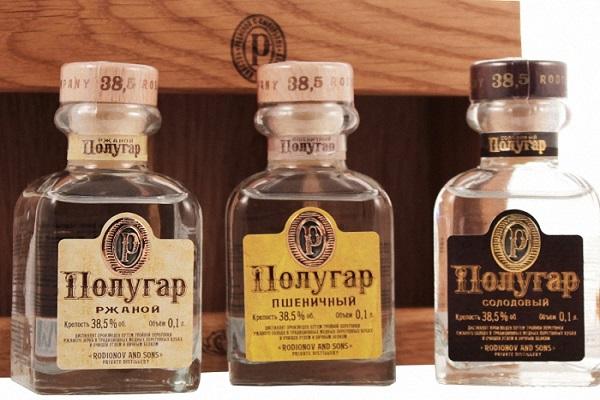
How to make bread wine at home
Classic bread wine, or semi-lager, is easy to make at home. One popular recipe will require the following ingredients:
- malt;
- water;
- yeast.
The ancestors used rye malt, although barley or wheat malt would also work. It will take 5 kilograms. The water is clean, from a well or a source, treatment with the popular reverse osmosis is not recommended.
It is better to pour the usual, from the tap, defend, and then clean it with a filter. It needs about 20 liters.
Yeast take 30 grams of dry or 50 "wet". The technology requires control of the wort fermentation temperature, so a thermometer is required - a household alcohol or electronic one.

Malt preparation
Any grain malt is suitable for bread wine, as long as it is properly ground and thoroughly dried. Both a purchased and a home version are allowed.
The key point in malt preparation concerns its coarseness: a cross between crushed grits and flour, but not a fine powder. A good choice for budding winemakers is to buy raw materials in the store. Over time, gaining experience, it is possible to cook malt yourself.
Mashing
This is the name given to the extraction of sugars from grain starch. The speed of mashing is influenced by the temperature, that's when a thermometer and mastery of the basics of homemade wine making technology come in handy. Cold malt produces poor sugar and may not ferment at all.
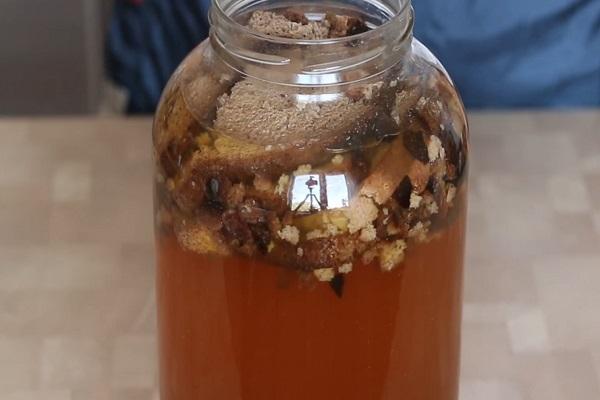
For mashing, water is taken into a pre-prepared container, boiled, then cooled to 55 degrees Celsius. Now it is allowed to pour in malt, stirring the composition in order to avoid the appearance of lumps, poor dissolution of the raw material. The almost finished wort is slowly heated to 61-64 degrees, and then mixed again.
The next step is the most important. It is necessary to maintain the temperature regime at 60-65 degrees within an hour and a half. It is recommended to gently heat the container while monitoring the temperature of the wort.
Fermentation
During fermentation, intensive production of alcohol begins in our "chemical factory" under the action of a catalyst - yeast fungi. To do this, the contents of the pan are cooled to 28 degrees, poured into a separate container, a fermentation vat. Yeast is added there (ready-made or diluted), mix thoroughly. The container is removed to a closet or other unlit place with a temperature of 18 to 27 degrees.
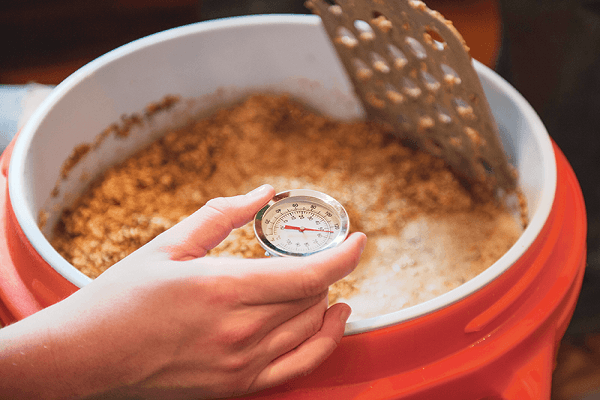
The fermentation process itself can take from 4 to 16 days. The speed is influenced by the quality of malt, yeast and temperature conditions. A water seal must be installed!
Stirring (not shaking) the wort is allowed once a day to increase the alcohol yield.
First distillation
The main signs of readiness for distillation are the absence of "gurgles" in the shutter for a couple of days, the bitter taste of the mash. At the end of fermentation, the solution brightens. The liquid is poured into the distillation unit using a sieve to filter the fine residues of the malt mass. In the process, a cloudy distillate with a characteristic odor is obtained, the distillation stops after the strength at the outlet falls (controlled with an alcohol meter) to 25 degrees.
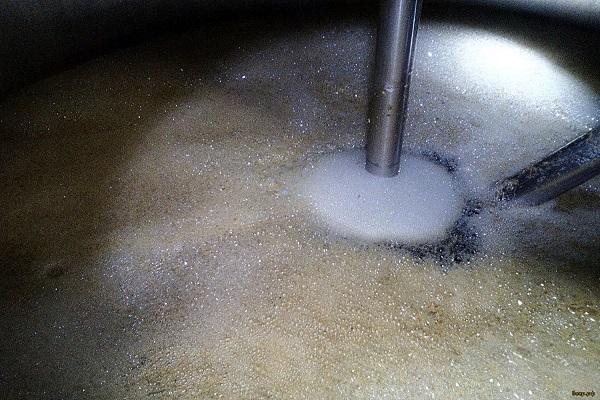
Second distillation
A semi-finished product of bread wine is diluted with water (about a fifth of the total amount), then poured again for distillation. And here the output is already divided into components:
- "Head" (first 12-15%). Contains a large amount of acetone, fusel oils. It is categorically not recommended for use, it is suitable as a solvent, raw material for rubbing, ointments.
- "Body" is a suitable component of the product. This includes everything that reaches a fortress of about 40 degrees.
- "Tails" - the remains of the distillation of a small fortress. May be mixed with the following portions of fermented malt
Cleaning
Cleaning the finished product improves the taste of bread wine and increases the value of the drink. Traditionally popular are methods of processing milk, raw chicken egg (protein), charcoal and bread. Before cleaning, it is recommended to slightly dilute the semi-carbon so that its strength is 45-50 degrees.
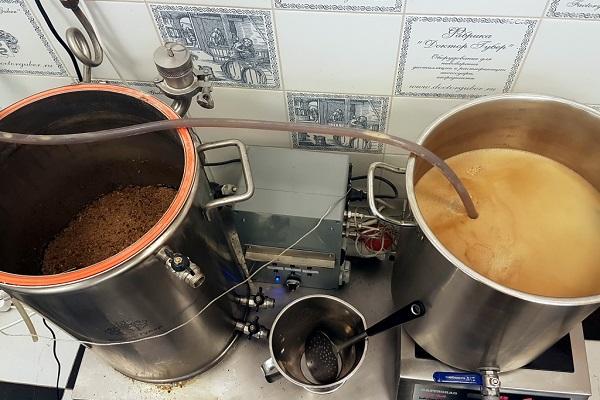
Dilution and storage
Bread wine is not vodka, so 38.5 degrees is considered standard for it. The finished drink is bottled and corked. Store as usual strong alcohol, in a cool, closed room (closet, closet).
How to use?
Bread wine is drunk from glasses with a capacity of 50 to 150 milliliters, in small sips, enjoying a mild taste. As with vodka, it is advisable to refrigerate it before drinking. Suitable for spicy, salty, spicy, meat or fish appetizers.
